Common Mistakes to Avoid When Installing Epoxy Grout

When it is done right epoxy grout may transform tiled surfaces into very durable and aesthetic finishes which also repel stains. It has great strength and also resists water and chemicals which is what makes it a popular choice in residential, commercial and industrial settings. That being said, working with epoxy grout is different from traditional cement based grout as it requires great attention to detail, proper prep and the right technique.
Whether you are a professional contractor, business owner, student of construction methods, or a homeowner taking on a renovation project, knowing the common mistakes to avoid can save you time, money, and frustration.
In this blog, we’ll explore these pitfalls in detail and share practical tips to ensure a flawless epoxy grout installation.
1. Ignoring surface preparation
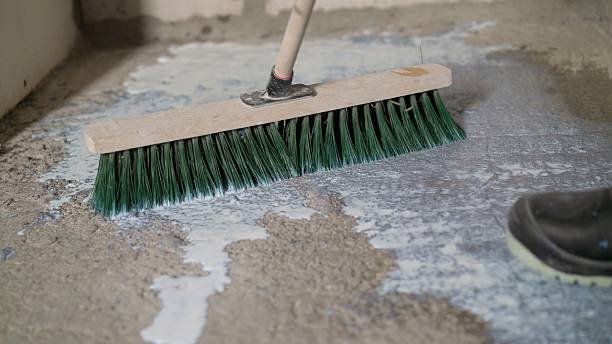
One of the biggest mistakes when working with epoxy grout is neglecting proper surface preparation. Dust, grease, moisture or past adhesive in that area is what may cause the grout not to bond properly with the tile joints.
What to do instead:
- Wipe down the surface with a suitable degreaser.
- Scrub out old grout and adhesion residue.
- Be sure the surface is totally dry before grout application.
A clean smooth base which in turn will give you maximum adhesion and long lasting performance.
2. Using the Wrong Mixing Ratio
Epoxy tile grout comes in a few different components which are resin, hardener and filler powder. Using the wrong mixing ratios will cause issues with the cure process, reduced strength, and poor resistance to chemicals or water.
What to do instead:
- Follow the instructions from the manufacturer regarding quantity.
- Mix only as much material as you can apply within the working time.
- Use clean equipment and a sanitized paddle to avoid contamination.
Over mixing or under mixing can also cause color inconsistency which in turn leaves visible patches on the surface.
3. Working Too Slowly
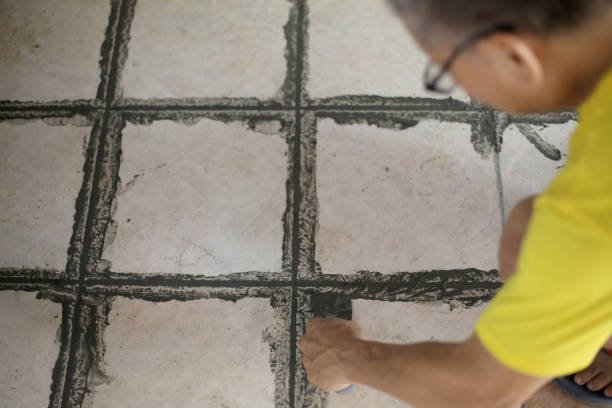
Unlike traditional grout, resin epoxy starts to cure fast once mixed. Also many beginners put it on slowly which is a mistake and causes the product to harden before the joints are filled.
What to do instead:
- Plan your work in sections.
- Have all tools and cleaning materials ready before you start.
- Work in small batches to avoid wastage.
Speed and efficiency are key when it comes to working with epoxy grout in warm weather which sees faster cure times.
4. Skipping Protective Gear While Working With Epoxy Grout
Working with epoxy grout without wearing gloves and protective mask is not safe. The chemicals in epoxy can cause skin issues and respiratory problems.
What to do instead:
- Wear nitrile protective gloves for your hands.
- Wear protective goggles against splashes.
- Work in an area that has good air circulation or wear a mask if you are inside.
These are some basic safety tips that will make the installation process go more smoothly.
5. Not Cleaning Residue Immediately
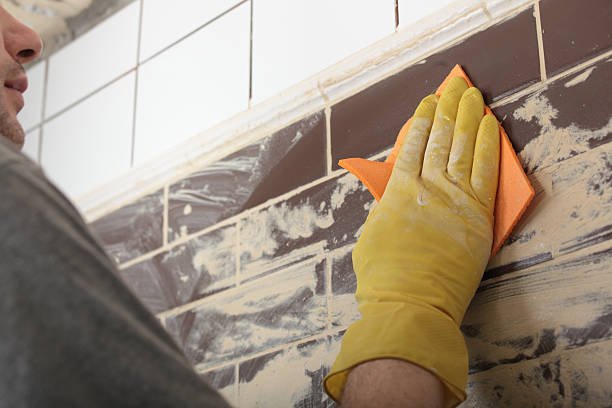
A rookie mistake is leaving grout haze or residue on the tile surface for too long. Once cured it becomes very hard to remove without special chemicals or abrasive pads.
What to do instead:
- Clean the tiles as you go using a sponge and warm water.
- Use a circular motion to avoid pulling grout from the joints.
- Change out the water often to prevent spread of residue.
Quick clean up will save you hours of work with hardened epoxy later.
6. Using Low-Quality Products
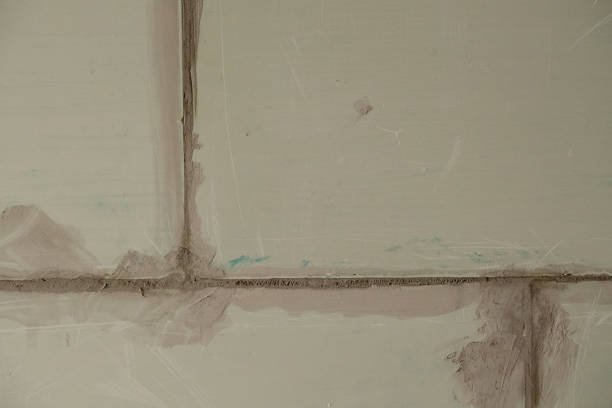
Choosing lower or poor quality epoxy grout will damage the life span and performance of your project. Poor quality products from untrusted suppliers may yellow out fast, crack or even fail under stress.
What to do instead:
- Buy from trusted epoxy resin manufacturers in India who have proven quality control.
- Check out product certifications and technical data sheets.
- Choose a formulation for your particular application, be it indoor, outdoor, commercial, or industrial.
Remember, investing in high quality materials which in the long run will save you from expensive repairs.
7. Not Considering Temperature and Humidity
Environmental factors greatly play into the performance of epoxy grout during installation. High temperatures speed up the curing process, at the same time low temperatures may slow it down or even cause the grout to harden improperly.
What to do instead:
- Follow the manufacturer’s recommended temperature range.
- Avoid working under direct sunlight or in high-humidity conditions.
- Store your materials in a cool dry area before using them.
By managing environmental factors we see better consistent and professional results.
8. Poor Joint Filling Technique
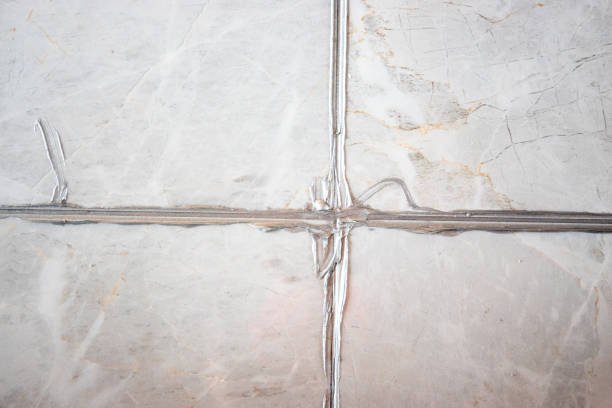
Using a free hand approach to grout application which doesn’t fill the joints fully results in weak spots, voids and cracking over time.
What to do instead:
- Use a rubber grout float at a 45 degree angle.
- Apply even pressure to insert the epoxy grout into the joints.
- Go over the same section many times to ensure full coverage.
Proper joint filling not only increases the tile surface’s strength but also its appearance.
9. Rushing the Curing Process
Some installers in an attempt to speed up curing use heat or fans, that ends up weakening the end product. Epoxy grout needs time to develop full strength and chemical resistance.
What to do instead:
- Follow the cure time as stated on the package.
- Until the tile has fully cured do not walk on or clean it.
- Allow for extra curing time in cooler environments.
Patience here is the key to lasting durability for years.
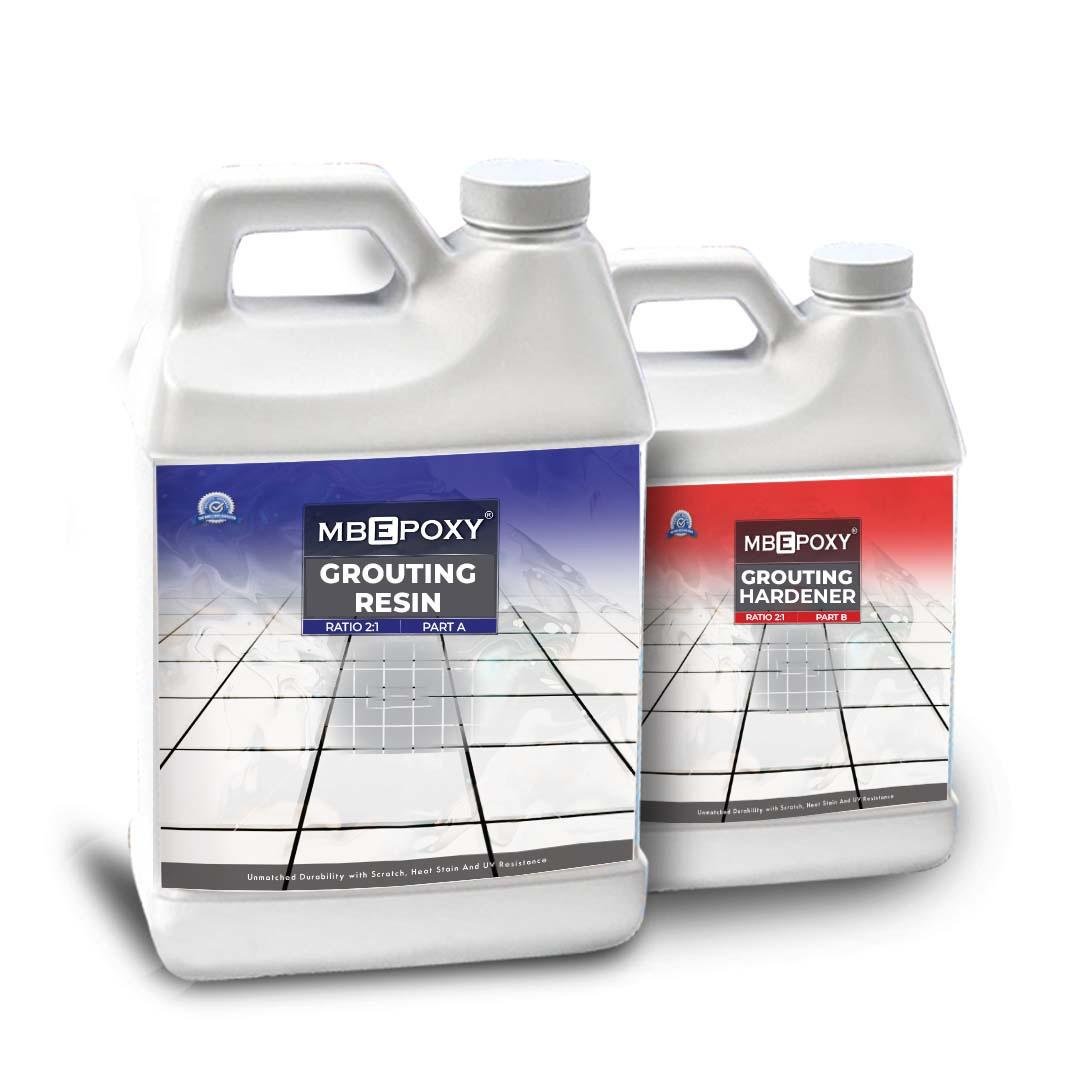
Avoiding these common mistakes can make the difference between a flawless installation and a costly redo. By preparing the surface, mixing correctly, working efficiently and using quality materials, you can ensure your epoxy grout delivers its full potential.
For large-scale industrial projects or high-volume supply needs, it’s equally important to source materials from a trusted partner. MB Enterprises offers high-quality epoxy grout and resin epoxy materials for various industries, ensuring reliable performance and long-term durability.
FAQs on Epoxy Grout Installation
Q1: How is epoxy grout different from cement grout?
Epoxy grout is made from epoxy resins and hardeners, offering higher durability, stain resistance, and chemical tolerance compared to cement grout.
Q2: Can epoxy grout be used in kitchens and bathrooms?
Yes. Its water resistance makes it ideal for wet areas like kitchens, bathrooms, and swimming pools.
Q3: Is epoxy grout suitable for outdoor use?
Yes, if you choose a UV-resistant formulation from trusted epoxy resin suppliers in India.
Q4: How do I maintain epoxy grout?
Simply clean with mild detergent and water. Avoid harsh abrasives or acidic cleaners.
Q5: Can I install epoxy grout myself?
Yes, but it requires preparation, speed and the right tools. For large projects, hiring a professional is recommended.
-2462x2317.png)


Leave a Comment